Peanut butter is a staple in many people’s diets. This delicious spread is easy to incorporate into snacks, meals, and desserts in a variety of ways. But besides being versatile and tasty, peanut-butter is also nutritious and provides some surprising health benefits.
Here are five of the top ways that peanut-butter can boost your health:
1. Rich Source of Antioxidants
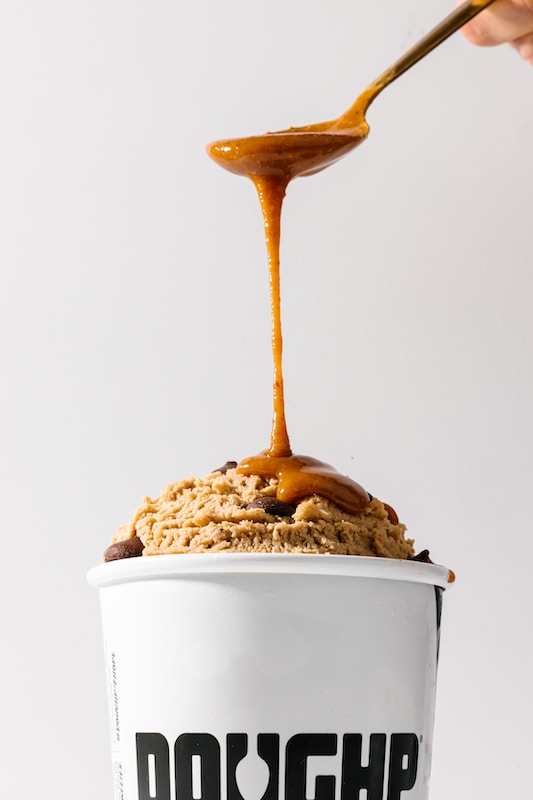
Peanuts contain high levels of antioxidant vitamins and phytochemicals like resveratrol. These compounds protect cells from free radical damage that can lead to disease and premature aging.
Several studies have shown that eating peanuts regularly reduces oxidative stress in the body. This is due to the powerful mix of biotin, folate, niacin, pantothenic acid, pyridoxine, riboflavin, thiamin, vitamin E and vitamin K found in peanuts.
The skin of peanuts contains one of the highest concentrations of polyphenols – an antioxidant associated with anti-cancer effects. Peanut-butter keeps all these essential vitamins and antioxidants intact. Just two tablespoons provides you with a hearty dose of free-radical busting power!
2. Packed with Protein
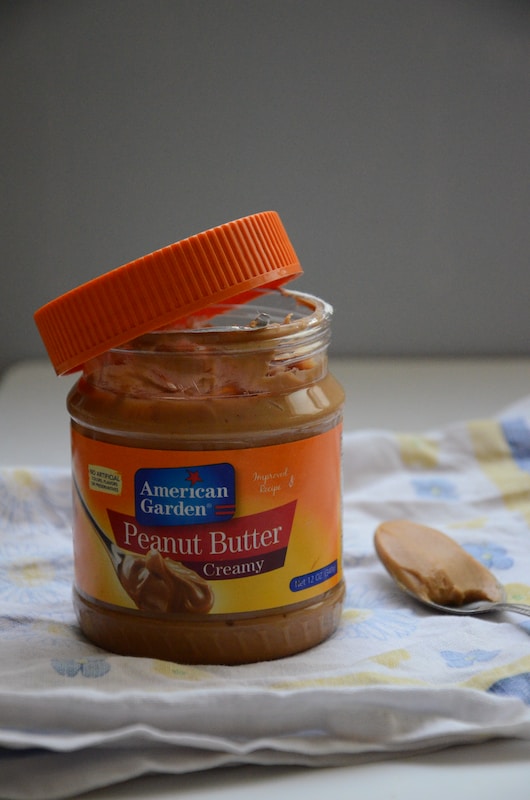
A serving of peanut-butter provides a whopping 8 grams of plant-based protein. This makes it an excellent choice for vegetarians, vegans, or anyone looking for plant-based protein sources.
The protein in peanut-butter is considered high-quality because it contains all nine essential amino acids that our bodies need but cannot make on their own. The protein content helps you feel fuller for longer, controlling appetite and cravings.
Pairing peanut butter with bread or crackers provides all the amino acids your body needs in one easy snack. Athletes often rely on the winning protein-carb combo of peanut-butter sandwiches to fuel their workouts and recovery.
3. Heart Healthy Fats
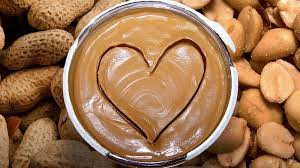
While many people shy away from nut butters due to their fat content, the type of fats found in peanut-butter are actually beneficial for heart health. Peanuts contain mostly unsaturated fats with small amounts of saturated fat.
The unsaturated fats include oleic acid and linoleic acid – the same healthy fats found in olive oil. These fats lower LDL “bad” cholesterol and maintain good HDL cholesterol.
Several large observational studies have found that eating peanuts and peanut-butter is associated with up to a 21% decreased risk of heart disease. The healthy fats and other bioactive compounds are likely behind this heart protective effect.
4. Helps Control Blood Sugar
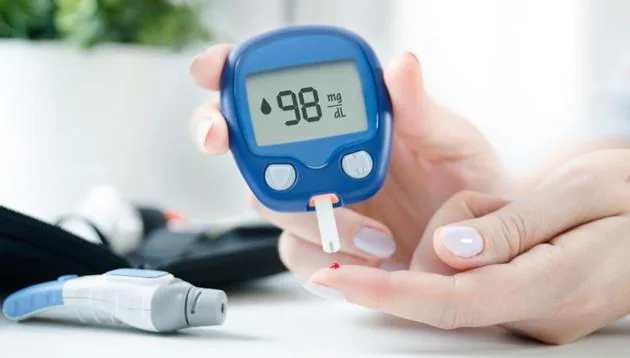
Peanuts packs an impressive amount of manganese, which aids blood sugar control. A study on women with type 2 diabetes found that consuming one serving of peanuts or peanut-butter per day lowered blood sugar spikes after meals by a significant amount.
The healthy fat and fiber in peanut-butter helps slow digestion and prevent the blood sugar crashes many experience after eating sugary or simple carb snacks. The protein also provides sustained energy without spiking blood sugar. This makes peanut butter an excellent snack option for diabetics.
Research also shows that eating peanuts and peanut-butter may lower a woman’s risk of developing type 2 diabetes by up to 20%. The compounds that enhance insulin resistance and satiety all contribute to peanut butter’s anti-diabetic properties.
5. Aids Weight Loss

Thanks to its stellar nutritional profile, peanut butter can be a smart choice for those trying to lose weight. The fiber and protein help you feel fuller for longer after eating, controlling hunger pangs and cravings.
Because of its texture and flavor, peanut butter is very satiating without being high in calories. Studies have found that simply adding peanut butter to meals helps control appetite and reduce total calorie intake throughout the day.
One study found that eating peanuts or peanut butter at breakfast decreased calorie consumption at lunch by up to 20%! Plus, the healthy fats in peanut butter increase metabolic rate compared to diets with the same amount of calories from carbs. This all adds up to easier weight management.
Tips for Choosing the Healthiest Peanut Butter
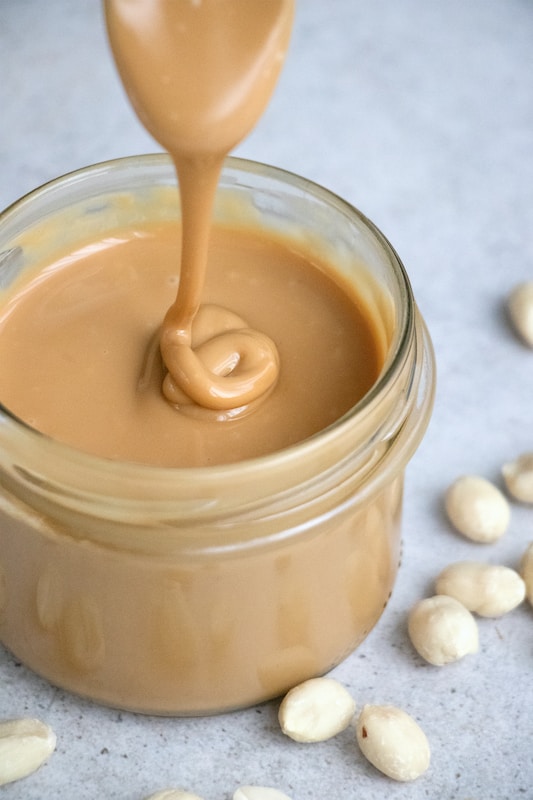
To get the most benefits out of peanut butter, be mindful in choosing the healthiest option:
- Check the ingredients – Select peanut butter with just peanuts and maybe salt in the ingredient list. Avoid added sugars or oils.
- Skip hydrogenated oils – Choose peanut butter without hydrogenated or partially hydrogenated oils to avoid trans fats.
- Choose crunchy – Crunchy peanut butter typically has fewer additives and emulsifiers than creamy.
- Look for unsweetened – Unsweetened peanut butter has no added sugars.
- Buy natural – Natural peanut butter has a thicker texture but tends to be healthier.
- Aim for grass-fed – Grass-fed peanuts have higher antioxidant content.
- Watch portions – Limit to 1-2 tablespoons per serving to control calories.
Simple Ways to Eat More Peanut Butter
Here are easy ways to add peanut butter into your daily diet:
- Spread it on whole grain toast, waffles, pancakes or muffins for breakfast
- Use it in smoothies or with banana slices and chocolate for a filling snack
- Stuff apples or celery sticks with peanut butter for an antioxidant-rich snack
- Mix into oatmeal or yogurt for extra nutrition and texture
- Swirl into hummus, salad dressings, sauces, or dipping oil for a flavor and protein boost
- Add to brown rice along with soy sauce for peanut sauce stir fry or noodles
- Blend it into homemade power bars, granola bars, or energy bites
- Spread it on a sprouted grain tortilla with banana slices and a drizzle of honey for a healthy wrap
With so many possibilities, it’s easy to enjoy peanut butter several times a week and take advantage of all its impressive benefits. This powerhouse spread is tasty and satisfying while also delivering major nutritional value.
So next time you shop for nut butter, toss a jar of peanut butter in your cart and your body will thank you! Just remember to enjoy it in moderation as part of balanced diet and active lifestyle for optimal health.








